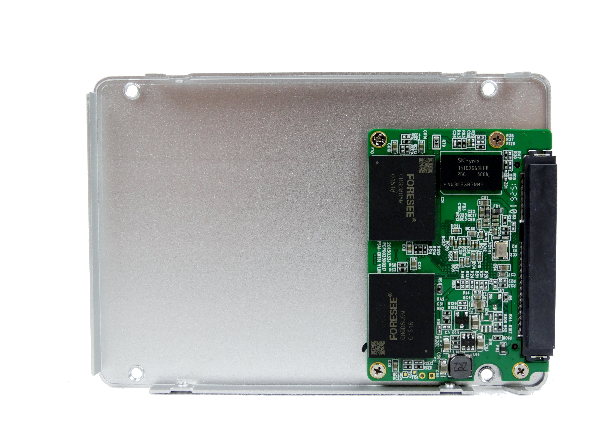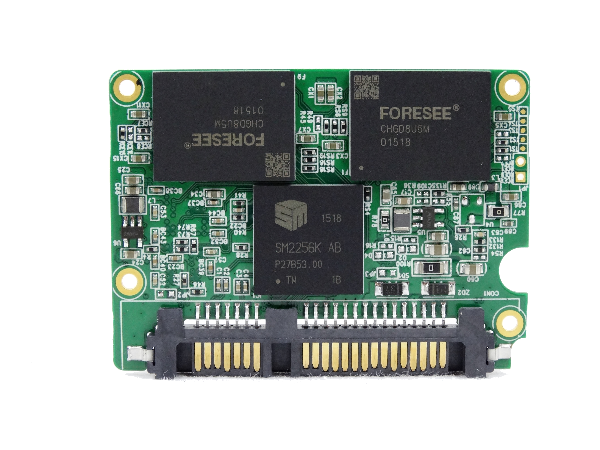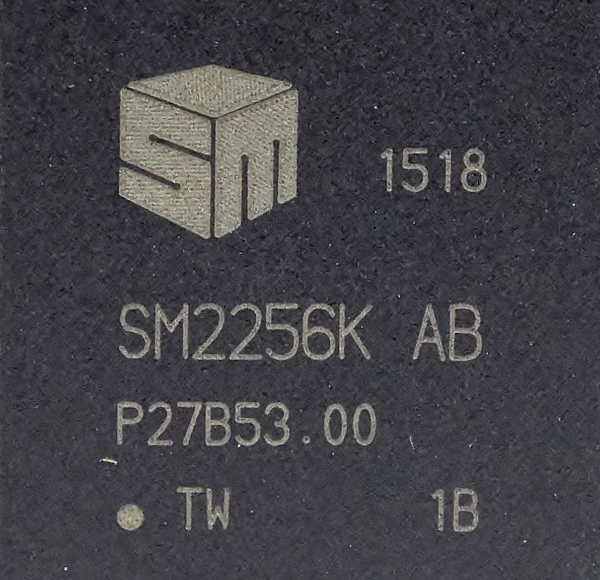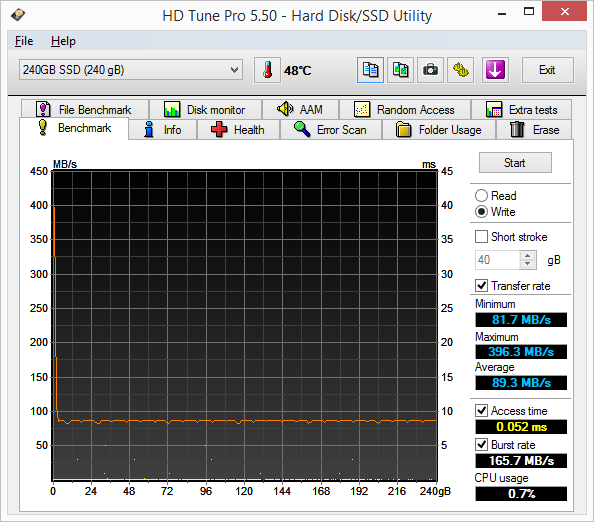Longsys Foresee S500 SSD Review
Longsys, the largest SSD manufacturer in China, sent over a new client SSD armed with Toshiba's triple-level-cell NAND flash and a controller from Silicon Motion that you'll be seeing a lot of over the next year.
Why you can trust Tom's Hardware
A Closer Look
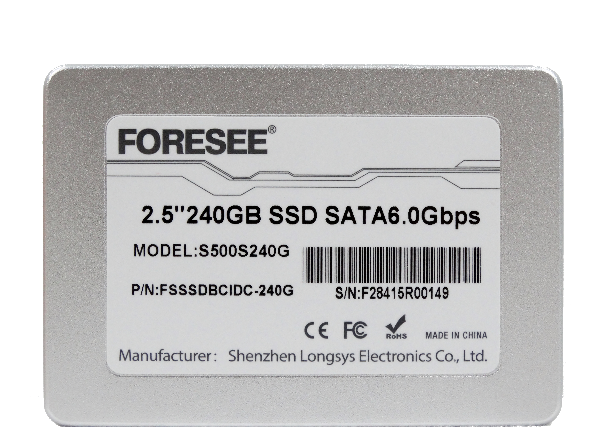
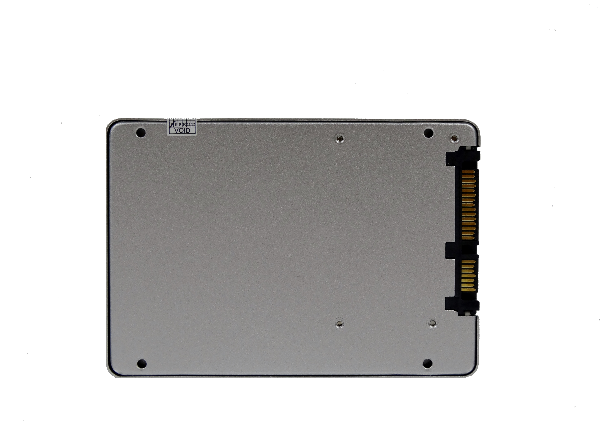
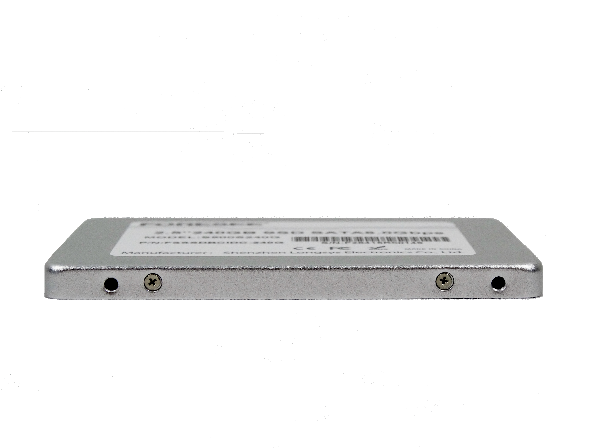
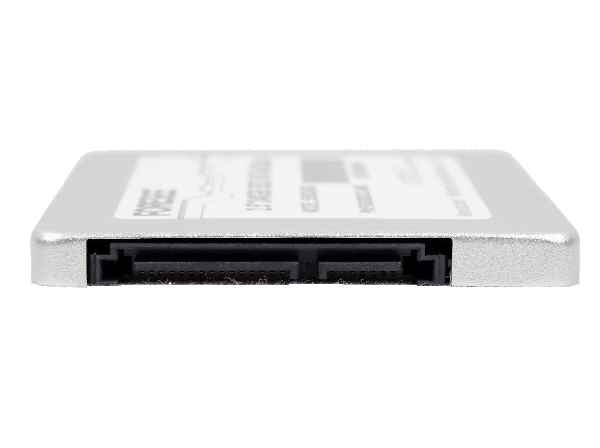
The Longsys S500 uses an industry standard 2.5-inch form factor case with a 7mm z-height for compatibility with newer notebooks that require a low-profile chassis.
The PCB you find inside is very small; it doesn't even take up half of the available space inside the case. We started noticing this trend several years ago. It allows manufacturers to minimize production costs to stay competitive as SSDs become commoditized.
The final version of the SM2256 picked up the letter K at the end. We reached out to Silicon Motion for an explanation and were told that the K simply indicates a standard SM2256. This is a four-channel controller designed for mainstream users, so it is very power-efficient.
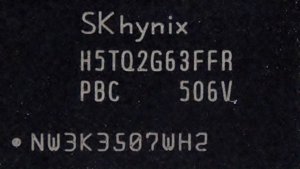
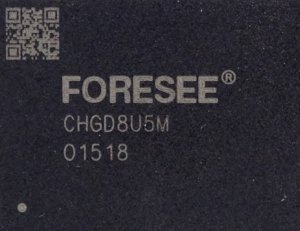
Longsys taps SK Hynix for its DDR3 buffer. The company also packages flash that it purchases from Micron, Toshiba and Samsung by the wafer. Again, the S500 we're testing today uses Toshiba's A19 TLC (19nm) NAND, with four packages on the PCB.
Data Type Comparison & SLC Cache
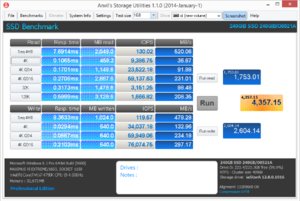
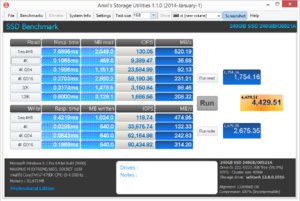
Silicon Motion controllers don't penalize high-entropy data with slow write speeds. Of course, it's important to buy the right SSD for your workload. You won't run into issues with this architecture if you specifically write a lot compressed data (multimedia, for example) like you would on some other drives. But that doesn't mean this SSD is your best choice for data-intensive tasks.
In fact, you'll run into performance issues when it comes time to write large files or lots of small ones to Longsys' S500. In the test above, we transferred 64KB blocks sequentially to see how long it'd take for write performance to drop to native TLC levels. Sixty-four kilobyte blocks allow us to see the drop-off better. Using 128KB blocks would nudge that boundary farther to the left, where it'd be hardly visible.
The two important take-aways from the graph are, first, that the SLC layer is quite small and, second, that the TLC's native 64KB sequential write performance is just under 90 MB/s. Small writes should be absorbed by the emulated SLC layer, but transfers of any substantial size will cut performance to half of what you can get from a modern mechanical disk.
Get Tom's Hardware's best news and in-depth reviews, straight to your inbox.
Current page: A Closer Look
Prev Page Specifications, Pricing, Warranty & Accessories Next Page Four-Corner Testing
Chris Ramseyer was a senior contributing editor for Tom's Hardware. He tested and reviewed consumer storage.
-
kalmquist The Silicon Motion's SM2256 based drives have the dubious distinction of being slower than what came before. I'm hoping that once companies other than Samsung get 3D NAND into mass production, we will see SSD's priced like the Longsys' Foresee S500, but with better performance.Reply
-
Jeffs0418 Replywonder how many backdoors they included...
I was thinking the same thing. Just the possibility is a deal breaker for me.
I just hope the (Korean) Samsung 850 EVO I purchased this year (Made in China)
has no unwelcome firmware inside. -
photonboy The PRICE is right where it should be. It doesn't perform as well as slightly more expensive drives.Reply -
photonboy TbsToy,Reply
How do you know there is no support? Do you read Chinese?
These exist in China, so I'm not sure why you would expect to easily find the support site. -
TbsToy Reply16962018 said:TbsToy,
How do you know there is no support? Do you read Chinese?
These exist in China, so I'm not sure why you would expect to easily find the support site.
Well, being in Los Angeles California USA and an English speaking American, I haven't ever felt the need to learn to read and speak Chinese just to be able to communicate with an unfindable Chinese support site for some substandard SSD that might not exist a month from now with a site ya can't even find. I can walk to Intel and with no time, and with no language or communication or warranty or shipment issues back and forth.. So I agree with you cuz ya might not have any usable support like the many SSD vendors have here. That shouldn't deter any potential buyers though, right, cuz it is cheap and ya wanna sell em, Right?
Walt Prill -
hannibal I just have to wonder, if most of the readers actually did read the article. This is not about Longsys, this is about controller, that will be the dominant controller in the next two years. Expect to see these in low price Samsung, Munchkin, Kingston etc ssd drives in near future.Reply
